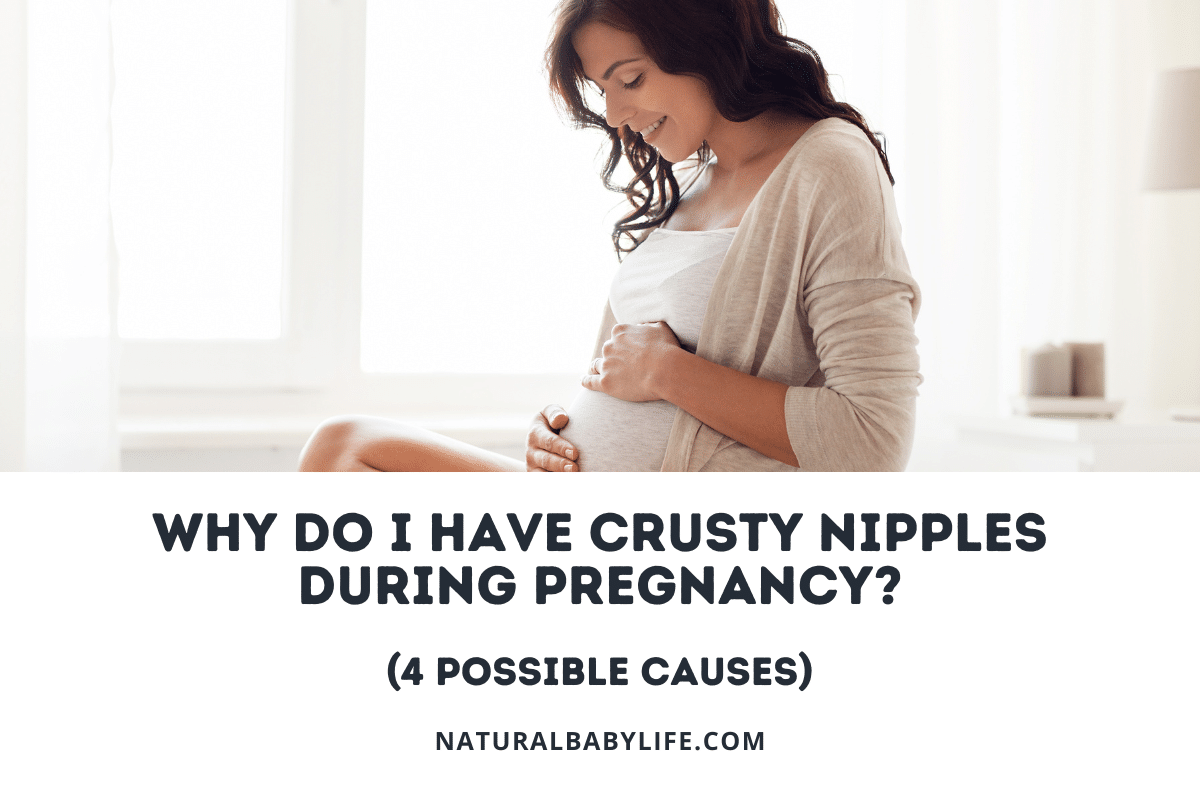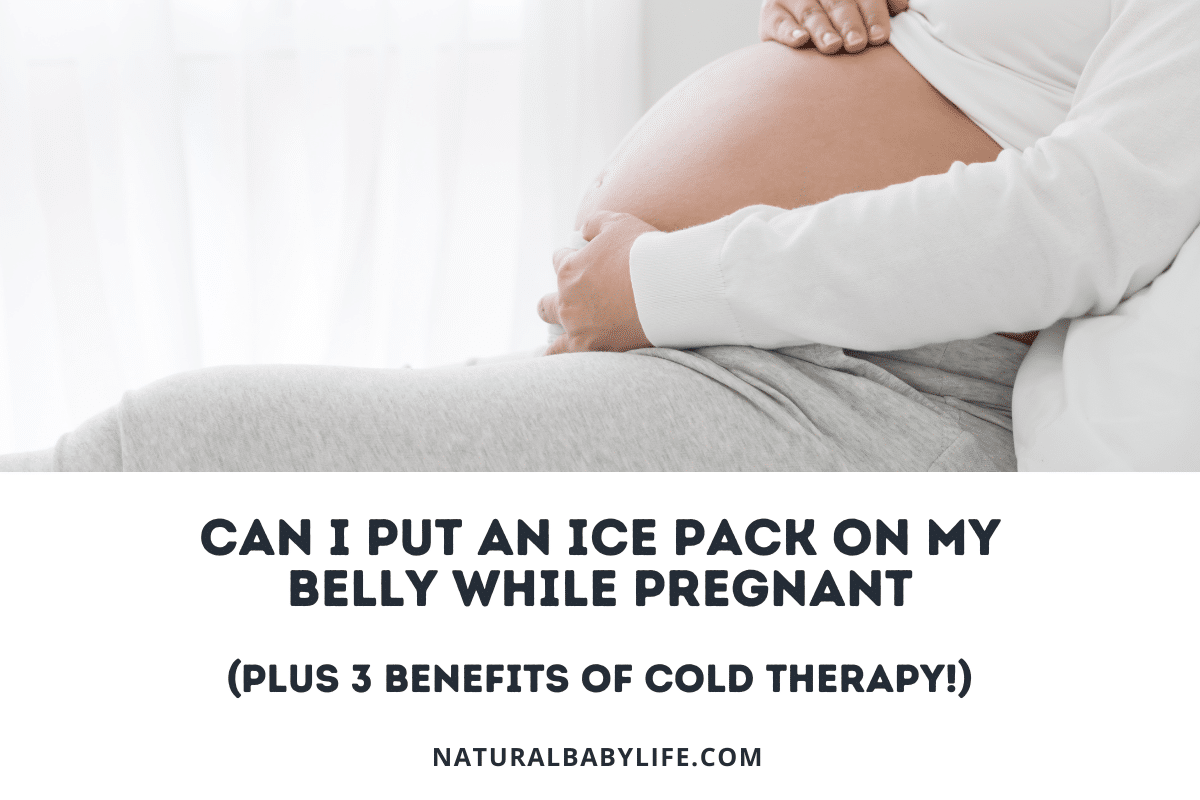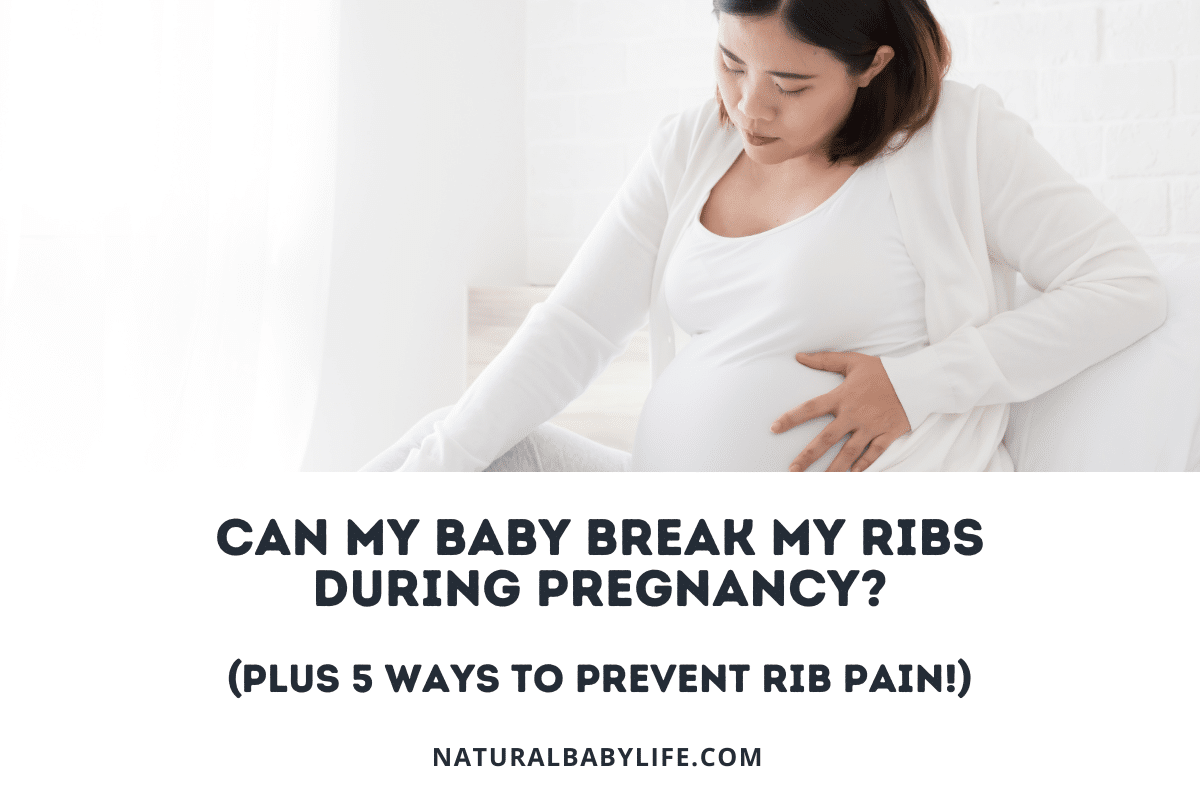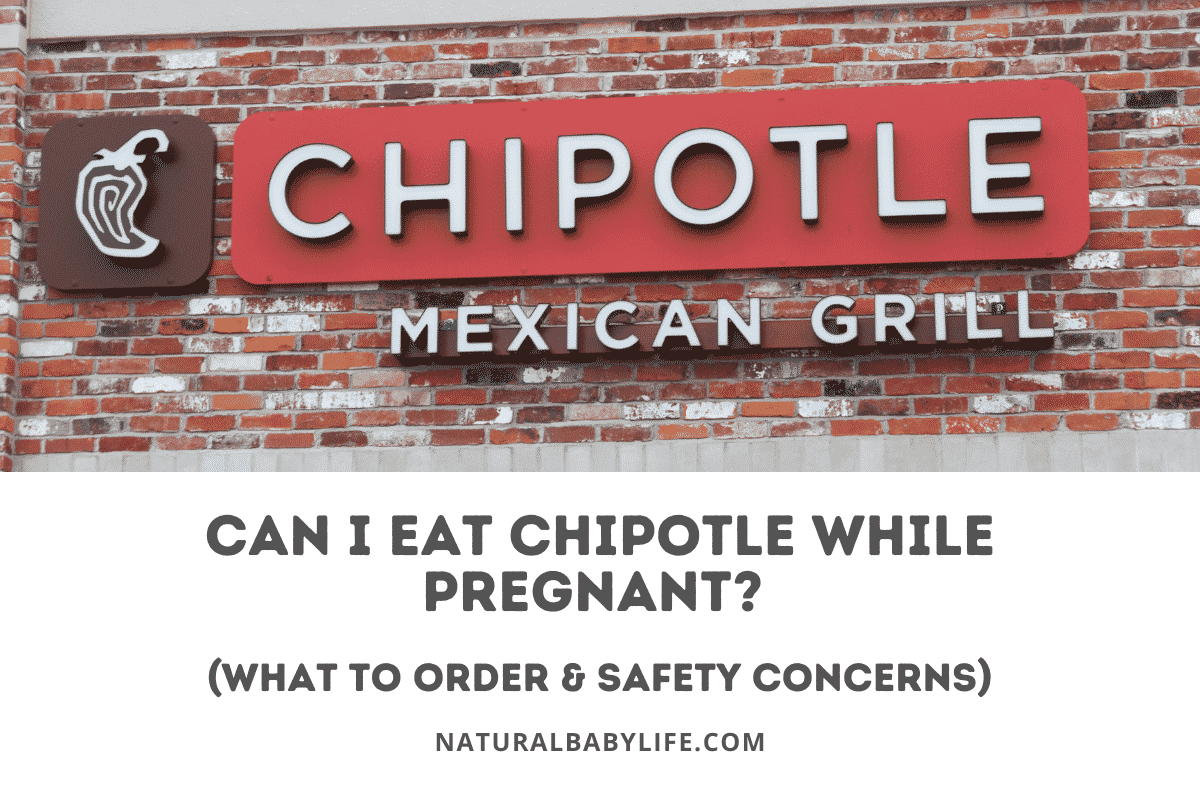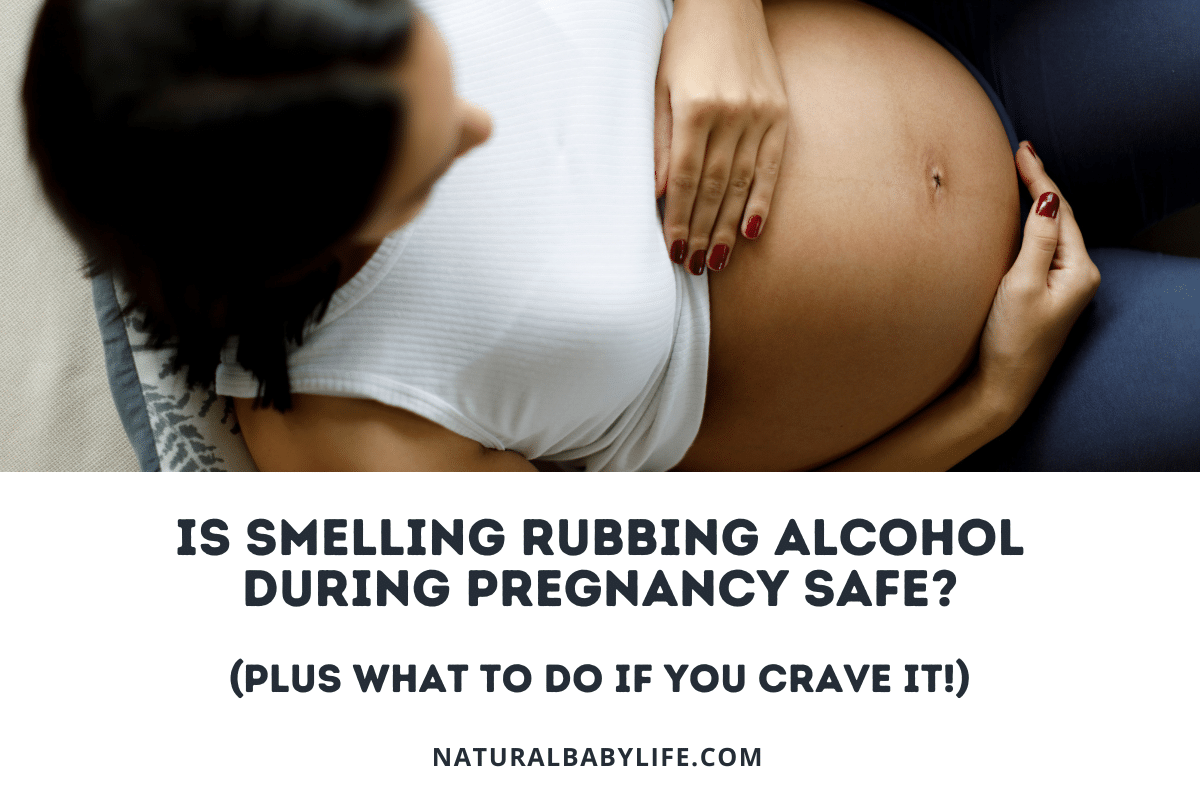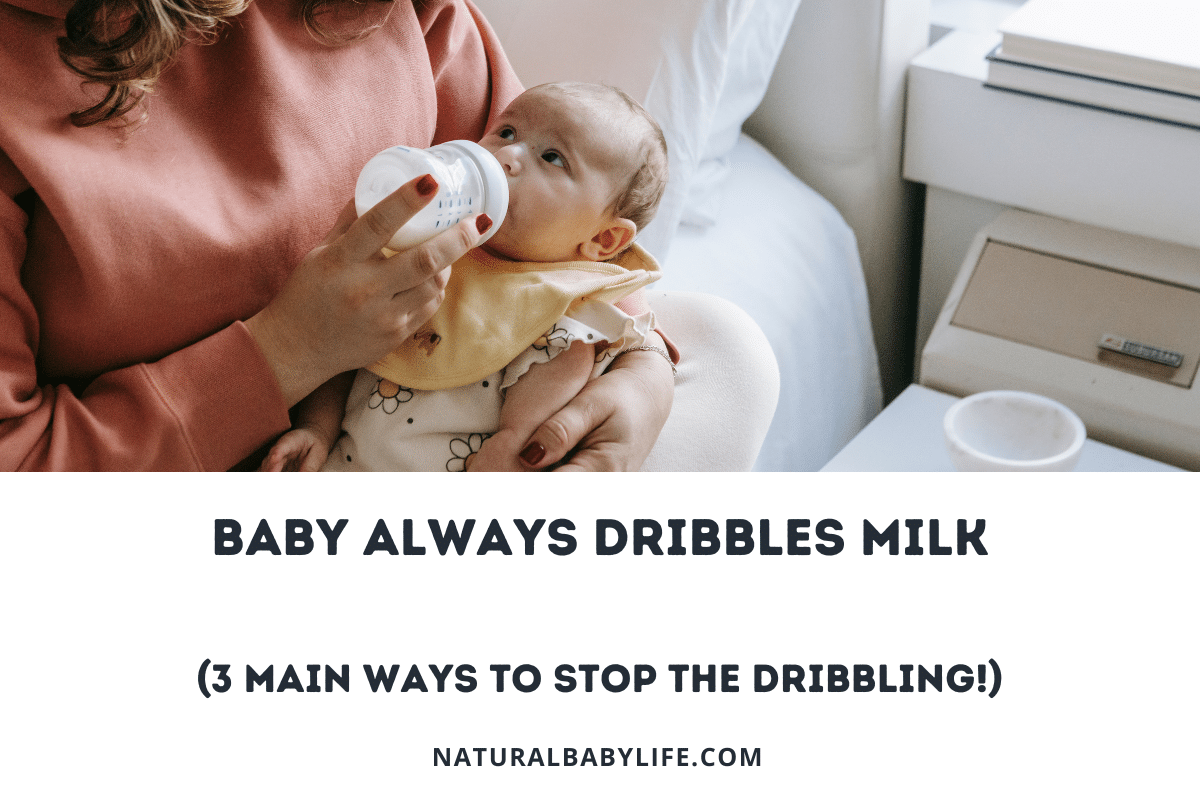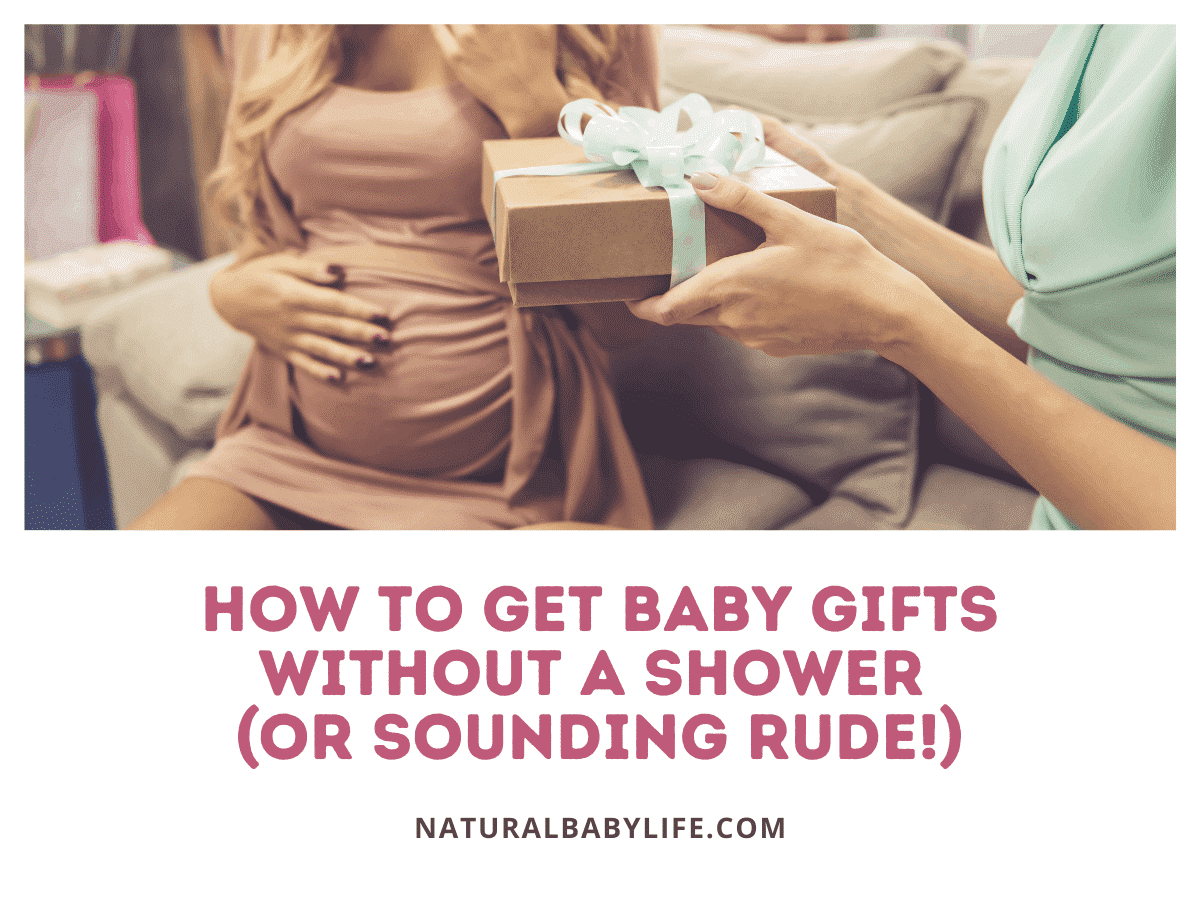There are so many changes to your body during pregnancy, it can often seem like something changes every day. One area of your body that will change quite a bit is your breasts. If you’ve noticed you have crusty nipples during pregnancy, you might wonder if this is normal.
Crusty nipples during pregnancy are common and most often caused by leaking colostrum in the second or third trimester. Colostrum is the first milk that a mother produces and it can dry into a white or yellow crust on the nipple as it slowly leaks from the breast. If you have dry, crusty nipples, it could also be eczema or a yeast infection.
It’s important to know what’s normal during pregnancy and how to deal with your pregnancy symptoms. Read on to find out why you have crusty nipples and what to do for relief.

Table of Contents
Why do I have crusty nipples during pregnancy?
During pregnancy, your body changes in a number of ways. From experiencing nausea in the first trimester to getting stretch marks in the third trimester, there are many symptoms that show your body is preparing for birth and postpartum. One of the ways your body changes is by preparing your breasts to nurse your baby. Since your body doesn’t know whether you plan to breastfeed or not, breast changes occur no matter what your plan for feeding your baby is.
Your nipples will not only change during your pregnancy but will continue to change while you’re nursing your baby as well. If you’ve noticed you have crusty nipples during pregnancy, you might wonder what the cause is. More often than not, the cause of crusty nipples is your body preparing for breastfeeding. Here are the possible causes for dry, crusty nipples during pregnancy:
Your body is preparing for breastfeeding
Throughout your pregnancy, your body starts to prepare for life after birth. Whether or not you plan on breastfeeding your little one, your body will begin to prepare your breasts to nourish your baby. During this time, you will notice your breasts getting larger, and sometimes, you will notice cracked or crusty nipples.
During the first trimester, the ductal system in your breasts expands and your mammary glands are developed enough to produce milk by the time you’re 20 weeks pregnant. Your body preparing for lactation can cause cracked or crusty nipples due to the changes in hormones.
Leaking colostrum
Colostrum is the first milk your body produces after pregnancy, and it’s the perfect first food for your baby. Since your body begins producing milk long before your baby is born, some women do experience leaking colostrum during pregnancy.
The colostrum leaking from your breasts before birth will be minimal, so it can sometimes lead to what looks like a white, crusty substance on your nipples. This is simply dried colostrum and isn’t harmful to you. However, there are ways to clean your breasts to remove the colostrum.
If your milk leaks during pregnancy and there’s blood in it, reach out to your healthcare provider.
Pregnancy-related eczema
Eczema, also known as atopic dermatitis, causes an itchy rash on your skin. It is possible to get eczema on your nipples, which may cause cracks, dry skin, or discharge. Eczema can happen whether someone is pregnant or not, but some factors such as high stress levels can contribute to your risk.
If you’ve had eczema previously, you’re more likely to deal with it during pregnancy as well. Even though eczema on your nipples during pregnancy isn’t harmful, you could develop an infection if you scratch the rash or there are cracks in your skin. Be sure to reach out to your healthcare provider if you have any concerns about pregnancy-related eczema.
Yeast infection
Yeast infections on the nipple are most common during breastfeeding, but they can happen during pregnancy as well. This type of infection is caused by an overgrowth of bacteria, and it’s more likely to occur when there’s a cut or crack in the skin.
This type of infection on the breast or nipple usually leads to the following symptoms:
- Cracked nipples
- Burning or itching
- Change in nipple color
- Rash with blisters
If you notice any of those symptoms, contact your doctor. The infection is usually treated with an anti-fungal cream or ointment.

What is the yellow or white crusty dried stuff on your nipples during pregnancy?
If you’ve been pregnant for several weeks, you may start noticing yellow or white crust on your nipples. Even though you’re only in your second or third trimester, could that be breastmilk leaking already?
Yes, the crusty dried stuff on your nipples is likely antenatal colostrum or early breast milk. It can be orange, yellow, or white and it’s likely sticky. In some pregnancies, breast milk begins to come in early but some may not experience this. The cells in your breasts begin making colostrum as early as the 16th week of pregnancy.
Colostrum is a thick, yellow liquid that is high in immunoglobulin (IgA), protein, hormones, and antioxidants. It is rich in nutrients your baby needs immediately after birth to protect them from infection. Colostrum is especially important for pre-term babies who are at greater risk of infection. Colostrum continues to be produced for the first 2 to 5 days before your mature breast milk comes in.
Is dried colostrum on nipples during pregnancy okay?
Dried colostrum on your nipples during pregnancy is completely normal. It’s just your body’s way of preparing for breastfeeding. If it’s leaking now, you don’t have to worry. Your body will continue to produce colostrum through the pregnancy and for several days after the baby’s birth.
If you have concerns or notice blood mixed with the colostrum, it’s best to have a conversation with your healthcare provider.
How do you get rid of crusty nipples while pregnant?
Crusty nipples can be a surprise for some. It’s best to keep your nipples clean and dry as much as possible to prevent irritation or infection.
To deal with or prevent crusty nipples during pregnancy, only wash your nipples with warm water and don’t use a harsh cloth or sponge. Using soap or alcohol-based cleaners can dry out the nipples causing them to become sore and irritated.
Air drying your nipples is recommended to prevent irritation. If leakage is a problem, you can insert nursing pads into your bra to prevent stains or wet spots on clothing.
It can also help to begin wearing a soft cotton bra without an underwire, since this will be more comfortable and accommodate any changes in your breast size. Just make sure your bra is comfortable and doesn’t dig in or pinch the breasts.
Is it safe to press on your breast during pregnancy?
A study published in 2017 included over 600 low-risk pregnant women with diabetes. Participants were urged to hand express colostrum (antenatal expression) in the final weeks of their pregnancy and store it until delivery.
It is safe, with your healthcare provider’s guidance, to hand express colostrum by pressing on the breasts in the latter weeks of pregnancy. You should not use a pump during pregnancy. Direct nipple stimulation should be avoided when expressing as it has been shown to induce labor in some individuals by releasing oxytocin, which also causes uterine contractions.
Pregnant women with diabetes are sometimes encouraged by their healthcare providers to begin expressing and storing colostrum at 36 weeks. Their babies can be fed immediately after birth and avoid a drop in blood sugar (hypoglycemia), which is common in newborns of diabetic mothers and can lead to diabetes later in life.
It’s important to check with your healthcare provider for instruction on the correct technique, timing, and duration for expressing colostrum during pregnancy. Pumping breastmilk to continue feeding an older child while pregnant will not cause contractions or preterm labor.
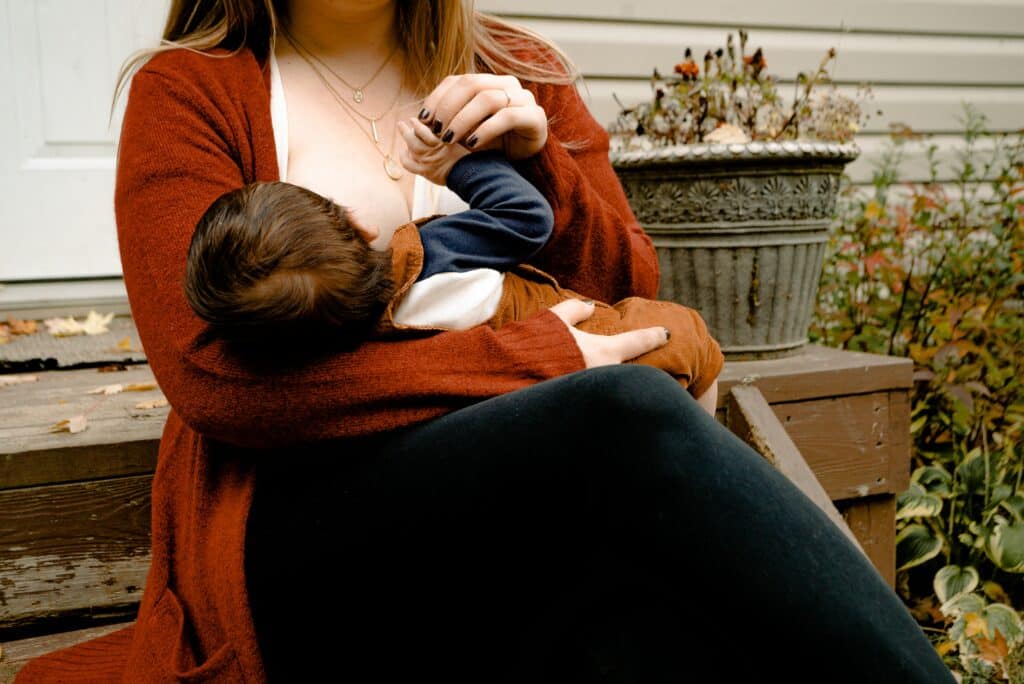
How breasts change during pregnancy
Leaking colostrum is just one of the many changes your breasts may experience during pregnancy. As the body prepares for birth, here are some of the changes you’ll notice in your breasts, nipples, and areolas as your pregnancy progresses.
- Enlargement
- Darkening of nipples and areolas
- Darkened veins
- Feeling tender and swollen
- Nipples stick out more and areolas grow larger
- Small bumps around the areola
- Itching, dryness
Enlargement
During the first trimester, an increase in estrogen levels causes ductal systems in the breast to enlarge and expand. Most women can expect to go up one to two cup sizes. Your band size will also increase as the rib cage expands to make room for the baby.
Darkening of nipples and areolas
Estrogen, progesterone, and prolactin are also responsible for the darkening of the areolas and nipples. The pigment changes can start in the first few weeks of pregnancy and be present through birth and breastfeeding. After breastfeeding is complete, these areas will lighten again.
Darkening of veins on the breasts
During pregnancy, your blood volume increases to deliver oxygen, blood, and nutrients to your baby. This increase of 20 – 40% can mean your veins are closer to the skin and therefore more visible. Not to worry, like many of the changes during pregnancy, darker veins will lighten a short time after breastfeeding stops.
Feeling tender and swollen
It’s those pesky pregnancy hormones again. In the first trimester of pregnancy, your body is flooded with estrogen, progesterone, and prolactin. These hormones are preparing your body to breastfeed.
As the blood flow and milk duct production increase and your breasts expand in size, they become achy and painful. This can begin just a couple of weeks after conception. Sometimes, it can be the first sign of pregnancy.
This discomfort will peak in the first trimester as your hormones first begin to increase. Until then, the best things to do are:
- Wear a soft, supportive bra (without underwires).
- Wear loose clothing to minimize constriction of the breasts.
- Wear a sports bra to restrict bouncing and movement.
- Wear a sleep bra to bed to minimize nipple contact with bedsheets.
- Wear breast pads if the lining of your bra bothers you.
More prominent nipples and areolas
As your breasts grow and stretch in preparation for breastfeeding your baby, your nipples and areolas also go through changes. Not only do they get larger and darker, but they also begin to protrude more. These changes to your nipples and areolas not only make it easier for the baby to identify their food source once they’re born, but they also make it easier for the baby to latch on and feed.
Montgomery tubercles
You may notice there are bumps around your nipples very early in your pregnancy. These bumps are Montgomery tubercles and their purpose is to lubricate the breasts for breastfeeding. They are sebaceous oil glands that secrete an antibacterial oil that protects the nipple from drying out during breastfeeding.
It’s important not to use soap when washing your nipples. It removes the oil from these glands and can cause your nipples to become dry and cracked. Montgomery tubercles shrink and disappear on their own after breastfeeding is complete.
Dryness and itching
With all the stretching of your skin and tissue during your pregnancy, the skin on your breasts can become dry and itchy. There are several things you can do to minimize the discomfort.
- Limit the heat and duration of your showers to lessen the chance of dryness.
- Wear a larger bra made of a softer material to reduce friction.
- Apply moisturizers with jojoba oil, shea butter, or cocoa butter immediately after a shower.
- Switch to a detergent with no perfumes. Perfumes can irritate dry skin and make it worse.
Takeaway
Many changes are happening to your body during pregnancy and some can be unpleasant for a while. Remember that all these changes are preparing the best possible environment for your baby to grow and flourish. Go with the flow, embrace the changes, and do what you can to make yourself comfortable while you wait for your bundle of joy to arrive.

